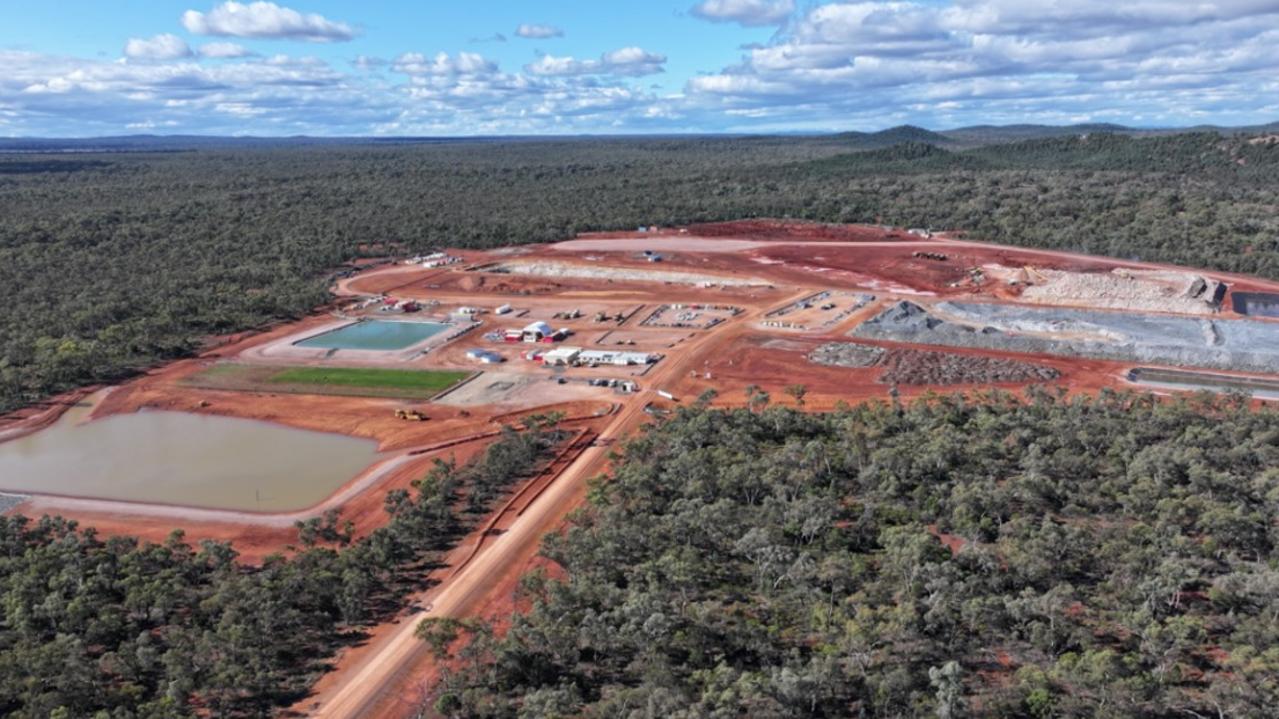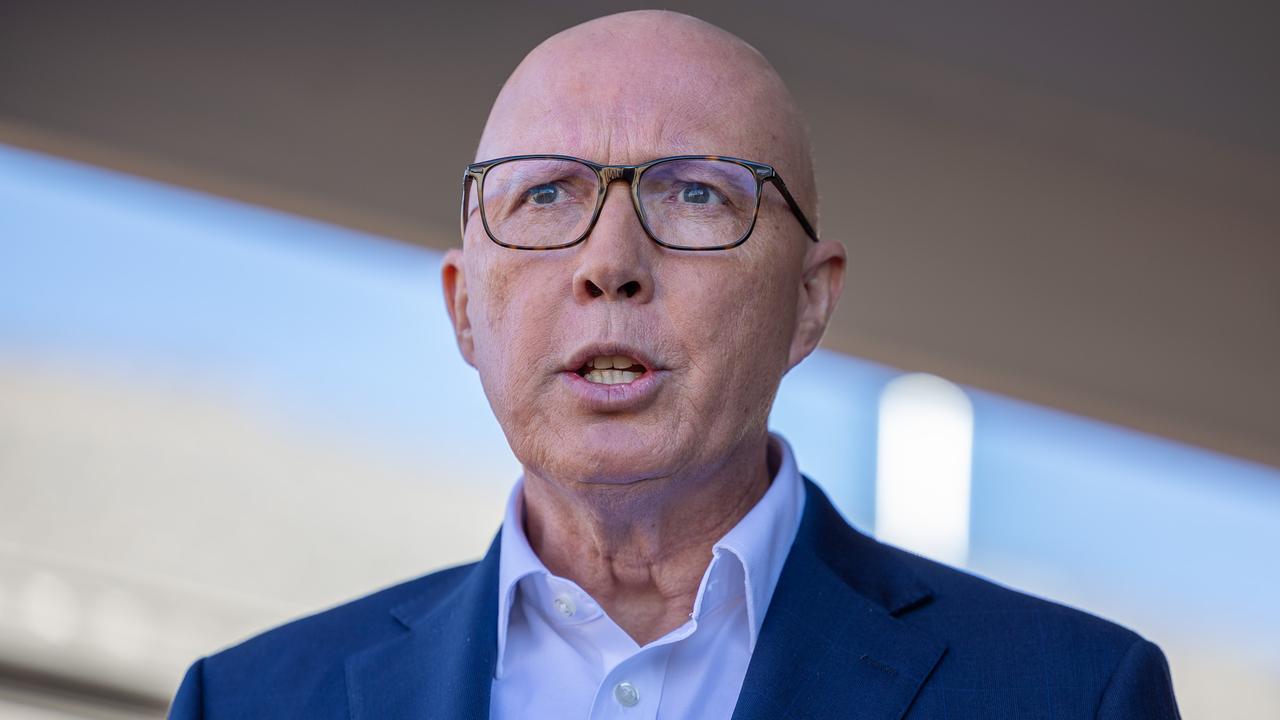Homelessness may rise as rental vacancy hits 16-year-low: SQM Research
Rental vacancy has shrunk to just 1 per cent nationally – a 16-year-low – with no reprieve in sight for desperate tenants.

The national rental crisis has worsened with vacancy rates falling to just 1 per cent – the lowest level in 16 years – as weekly rents continue to rise, doubling in the past year.
Economic and property analysts SQM Research found 36,868 properties were available in March to tenants looking for a home, 0.2 per cent less than last month and half of that on the market this time last year.
SQM managing director Louis Christopher said that as a result, the cost of a capital city rental rose by another 2.2 per cent, equating to an annual increase of 11.8 per cent. The impact on regional costs is even worse, rising in excess of 15 per cent over the past year in some areas.
The record 16-year-low in supply is a marker of a still worsening crisis which was being felt well before the pandemic, said Mr Christopher. He fears that without greater policy to target the issue of accessibility, homelessness rates could rise.
“Market rents have exploded … and the recent monthly data suggests we are still not at the worst point of the crisis,” Mr Christopher said.
“We were thinking at least regional Australia may have started to have some relief as people return back to the cities. But that has not happened as yet. Many localities and townships are recording zero vacancy rates.
“It is likely homelessness will be increasing in this environment.
“Clearly, we are not going to resolve this overnight, but I do hope the various state and territory governments will ramp up their rental assistance packages in order to cushion the rental accommodation emergency we have here and now.”
A “healthy” level of rental vacancy sits around 3 per cent.
Each of the smaller capital cities have slipped below one per cent, with Hobart and Adelaide at 0.3 per cent vacancy, representing just 206 and 1,524 available to rent in the respective markets. Darwin, Canberra and Perth have 0.5 per cent of rental properties advertised, while Brisbane sits at 0.7 per cent.
The number of areas now showing no vacancy is also spreading. Mount Pleasant in NSW’s Illawarra region, Hobart’s Clarendon Vale and the outer-east Melbourne suburbs of Mount Evelyn and Gembrook are among some of the regions reporting 0 per cent vacancy.
Both Sydney and Melbourne recorded a 0.4 per cent decrease in availability month-on-month, reporting a respective vacancy rate of 1.6 per cent and 1.9 per cent. The tightening from pandemic highs comes as the cities have come back to life from lockdowns and international borders reopen to migrants and international students
Brisbane and Adelaide – two of the capitals to have received a glut of interstate migration – have recorded the highest annual gains in weekly costs and have shown little signs of slowing in recent months.
Prices climbed more than 3 per cent last month in both cities to finish at $500 a week for a dwelling in Brisbane, up 15.2 per cent for the year, and $454 per week in Adelaide, a total increase of 14.3 per cent across both houses and units.




To join the conversation, please log in. Don't have an account? Register
Join the conversation, you are commenting as Logout